What is a Data Monetization? | Unlock Revenue with Data Portals
Everyone says, "data is the new gold," and there are a few ways to actually create revenue generation using insights. One such method to unlock the...

As technology has made data increasingly accessible, data science continues to transform and shape how we think about problems across various industries. Retail has a vast and growing number of applications for predictive and prescriptive analytics use cases, primarily due to how large and diverse the industry is. Applications of data science include recommendation systems, fraud detection, price optimization, inventory management, and much more. Today we will be looking at a few use cases for data science in the retail industry!
 Price Optimization and Demand Forecasting
Price Optimization and Demand ForecastingPricing a product is an important aspect that often determines how much a good or service will sell. As the price of a good or a service directly impacts revenue, it carries a strong correlation to the success of a business. It’s no surprise that it’s a struggle to strategically set the price of a product while considering business constraints, the demand of the product, competitor pricing, etc. Moreover, expanding product or service offerings often adds additional requirements that make real-time pricing decisions increasingly difficult.
Price optimization is also intertwined with demand, and therefore it is critical to understand how demand for a product or service changes over time. Introducing data science methodologies provides a quantitative-based method to effectively price products and promotion in correspondence with your expected demand – all as scalable solutions.
For example, Walmart Labs had a business need to build an optimal pricing policy for price-sensitive products when the future demand of a product is uncertain. Ultimately, a system was built to predict the demand and revenue of a product at a given retail price. Similarly, using data of the online retailer Rue La La, algorithms were developed to efficiently solve the subsequent multiproduct price optimization and were built as a price decision support tool.
Sources: Elasticity Based Demand Forecasting and Price Optimization for Online Retail, Analytics for an Online Retailer: Demand Forecasting and Price Optimization
In addition to building out pricing strategy and demand forecasting tools, understanding how to effectively carry out a promotion helps maximize revenue. Common questions for promotions that add to business value include:
Will a particular promotion generate additional revenue/ profit?
What are good dates to start or end a promotion?
What is the optimal discount value for a certain group of products?
Machine learning algorithms address these questions by utilizing historical promotions to train a model that can maximize profit and revenue for any of the situations above. You can find an example of a model here. With promotion programs in place, it’s critical to deliver the results of your model to the teams that will execute the strategy.
A data science solution implemented in this space with a user interface could look like:
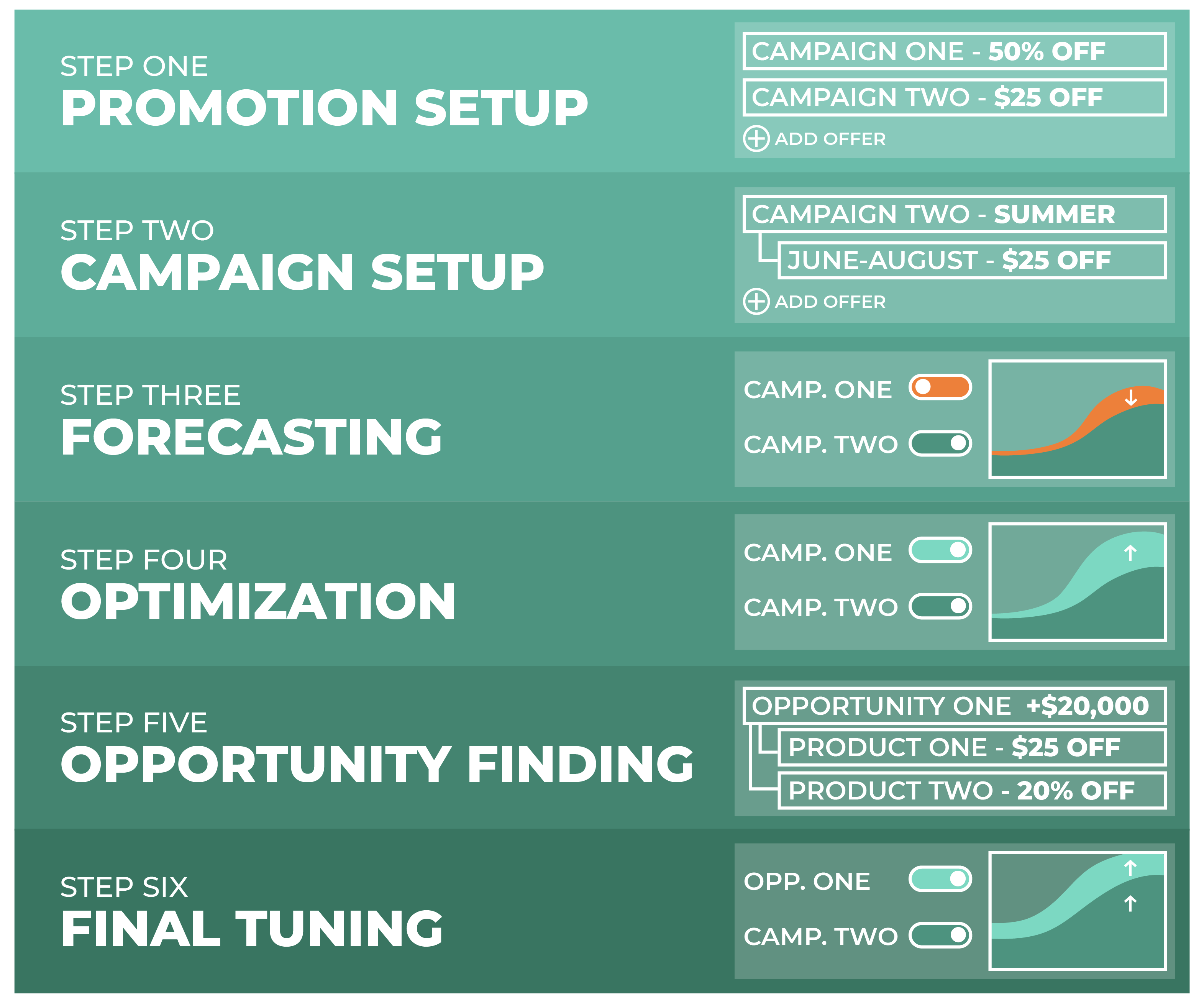
Step one and two would allow your team to create an initial promotion setup that is defined by a product filter, multi-product campaign promotions, discounts, start and end dates, and any other parameters that could be defined by the user.
Once we have the parameters that can be entered by a user, machine learning algorithms such as support vector machines, random forests, or neural networks can be used to help forecast the performance of the promotion campaign (step 3). The team can then experiment with the parameters of the solution and instantly see the forecast for profits, revenue, and expected quantity sold.
While having the ability to turn parameters on or off gives the user the flexibility to play around with the promotion, the application built will also be able to recommend the optimal combination of parameters based on the profit, revenue, or quantity maximization objective (step 4). This helps a merchandiser detect promotions that they should turn off.
The application will also be able to identify new promotion opportunities and propose additional campaigns to drive more profits (step 5). The team can review these proposals and decide the next best action. This would help businesses identify promotions that would otherwise go undetected.
All of these steps lead up to fine-tuning your machine learning model to make sure it's recommending the type of deals you should be going after (step 6).
Sources: Machine learning and operation research-based method for promotion optimization of products with no price elasticity history, Promotion optimization in retail
Customer segmentation is the division of potential customers into distinct groups. Segmentation of customers can be accomplished based on needs, value, buying characteristics, etc. Segmenting your customers by certain traits allows us to use this information to carry out specific business objectives including targeted marketing. Through customer segmentation, we can expect to see a more effective marketing strategy, a better client or customer relationship, better conversion metrics – all while understanding and predicting customer behavior. A typical workflow for customer segmentation solutions is shown in the image below:
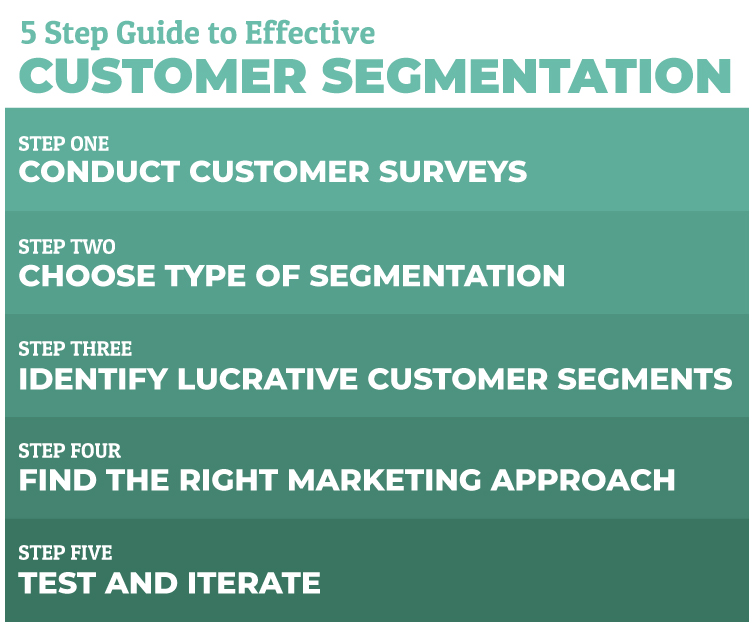
Based on the context of your business question (are you looking to minimize churn, maximize retention, etc?), the first step is gathering data. Following that, you choose a methodology of how to segment your customers.
Arguably the most popular segmentation method is to segment customers by value. One of the most popular methods for segmenting customers by value combines scoring customers by RFM (recency, frequency, and monetary value of purchase) and then using machine learning algorithms such as k-nearest neighbors or support vector machines to group similar customers. Depending on the data available, we can integrate promotion and product-level data as well.
Using this methodology, we can identify customers and place them in certain groups that are defined by business logic such as loyal customers, lost customers, at-risk customers, new customers, etc. This in turn can aid in planning targeted and personalized marketing promotions to segmented audiences.
Once we have figured out how to categorize customers, we plan how to effectively market to our different customer groups. Additionally, data science can play a strong role in guiding marketing teams - but we'll discuss that in another blog. Once we find the right marketing approach, we then test for the efficacy of our model.
Sources: LRFMP model for customer segmentation in the grocery retail industry: a case study
Although we’ve only talked about three data science solutions in retail, there are a lot more! We’ll be talking about those in the second part of this Data Science in Retail blog series!
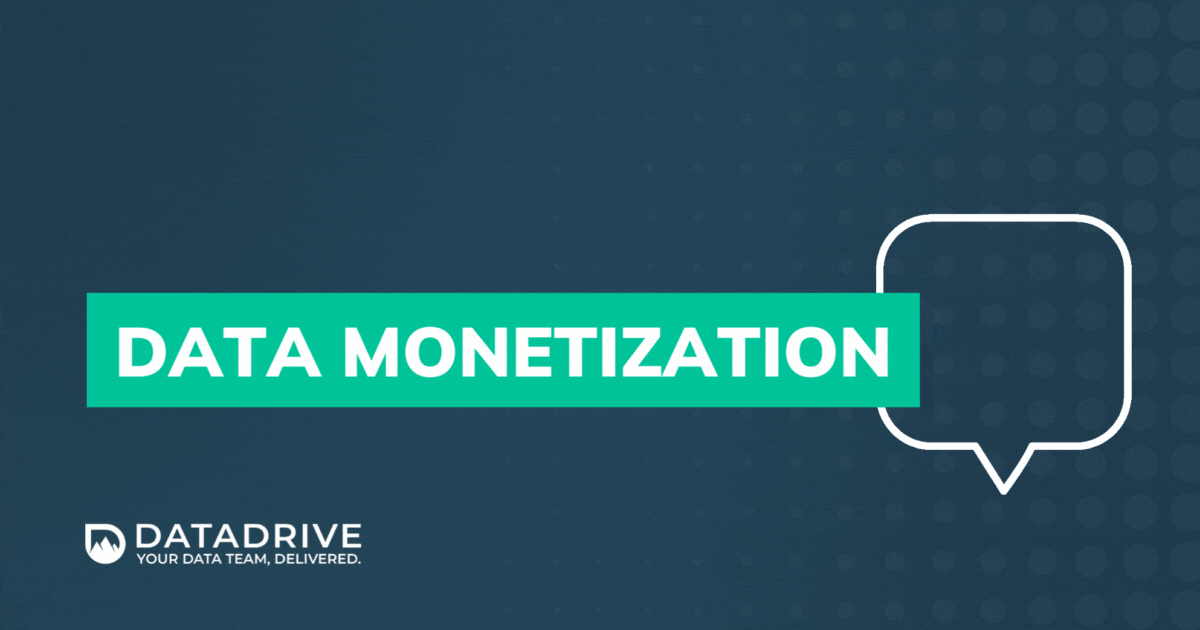
Everyone says, "data is the new gold," and there are a few ways to actually create revenue generation using insights. One such method to unlock the...
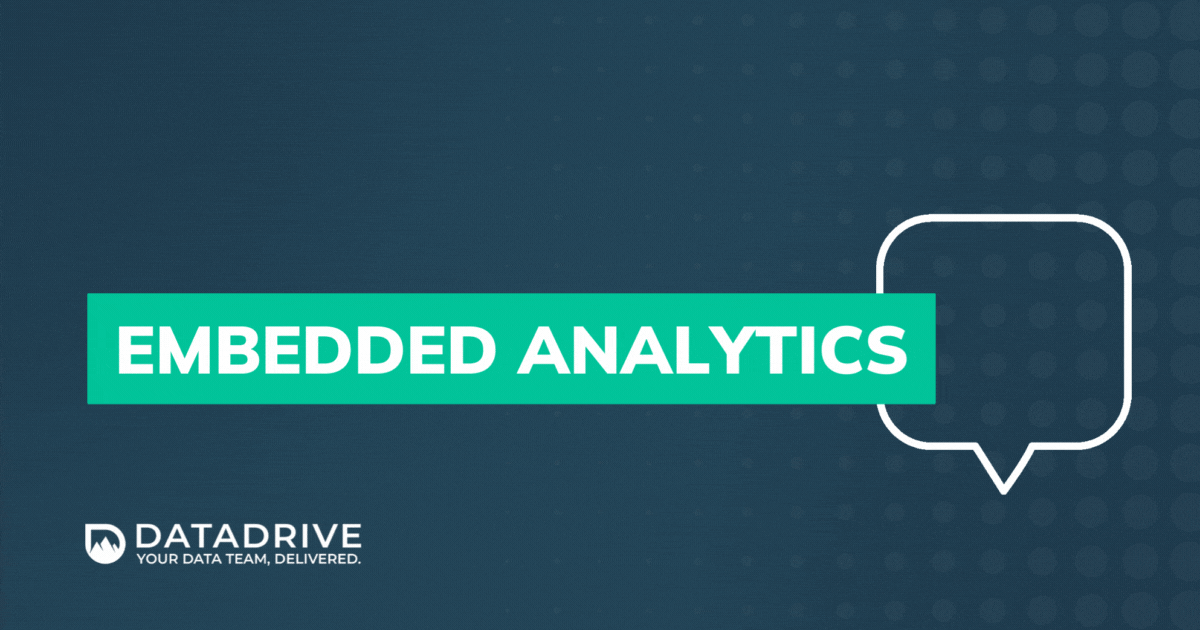
Technology has revolutionized how businesses operate, with data being at the forefront of this transformation. The ability to analyze data and...
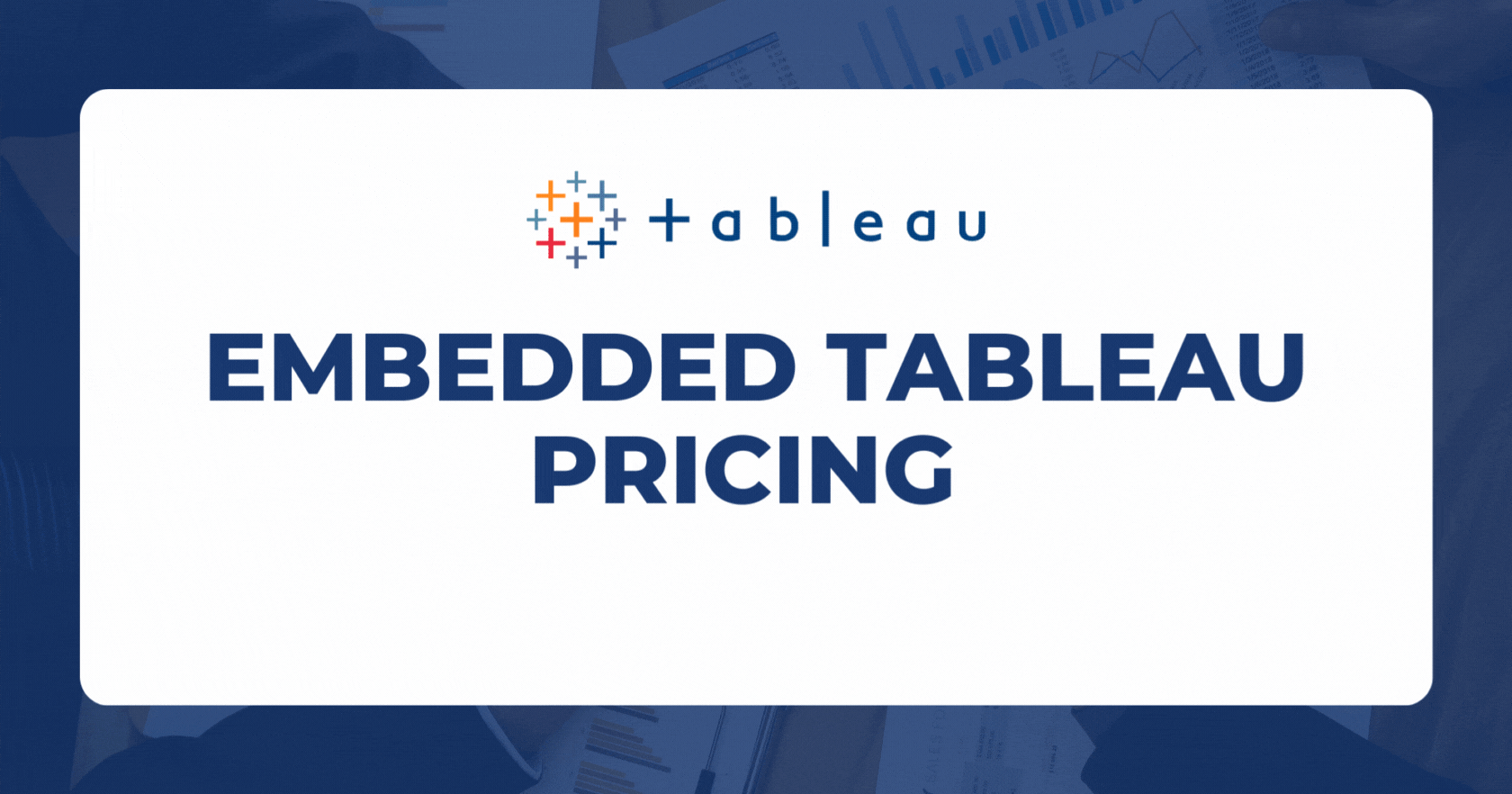
Why Embedded Analytics with Tableau Embedded analytics is a growing use case for organizations looking to deliver (and even monetize) their data...